Top Tips for Choosing the Best Wall Lamps for Your Bedroom
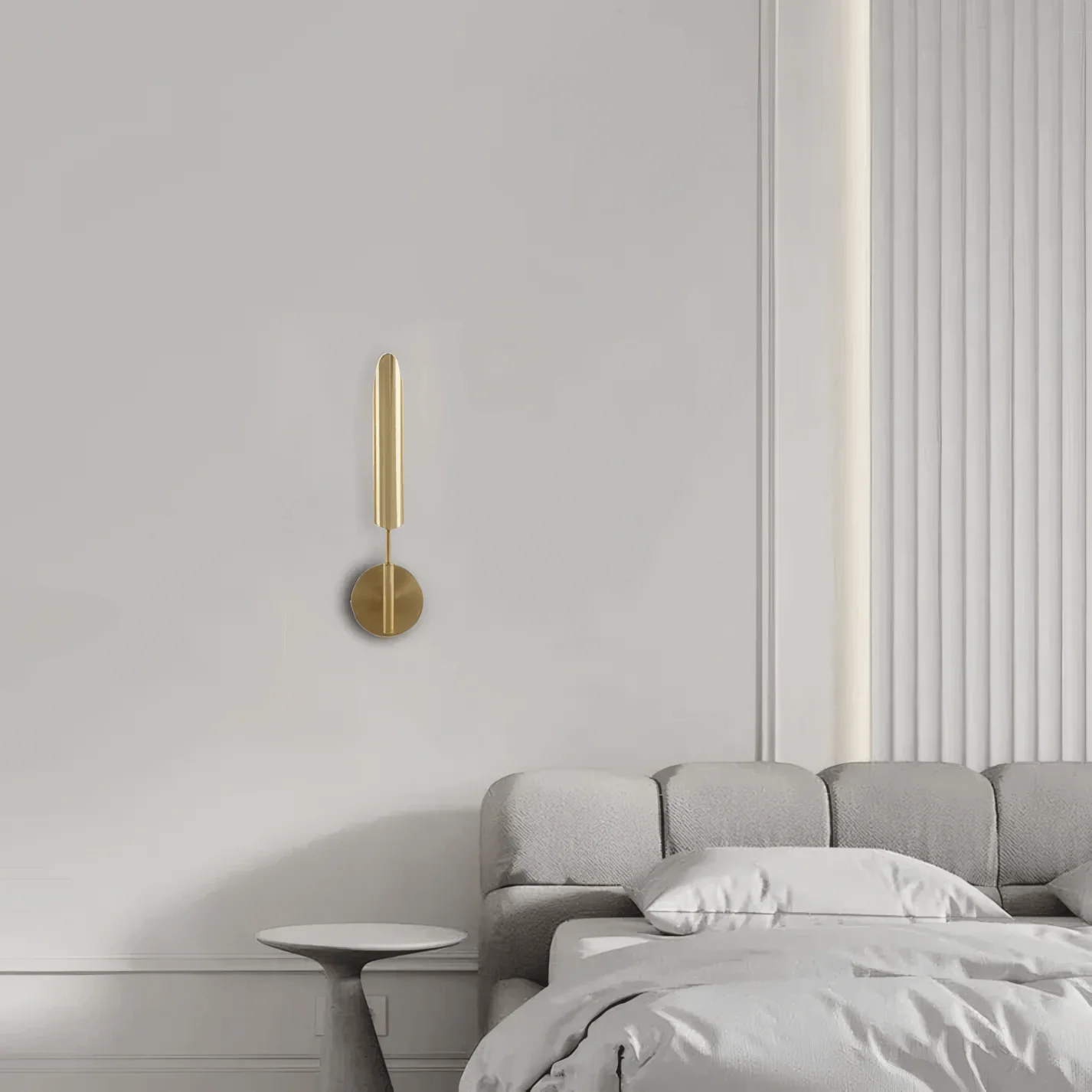
Have you ever considered how the Top Wall Lamps for Bedrooms can completely transform the ambience of your sleeping space? These versatile fixtures do far more than merely illuminate a room. They can craft a cosy atmosphere, introduce a decorative flair, or even serve as a stylish alternative to bulky bedside lamps. Studies suggest that various LED colours in wall lamps can evoke emotions such as pleasure and tranquillity. By incorporating these lamps, you can effortlessly set the ideal mood for relaxation or elevate the overall aesthetic of your bedroom. Whether you're looking to unwind or immerse yourself in a captivating book, the Top Wall Lamps for Bedrooms are truly a game-changer.
Key Takeaways
Think about why you need wall lights. Pick task lights for reading, mood lights for relaxing, or decorative lights to add style.
Choose wall lights that fit your bedroom's look. Match the theme, materials, and colours for a neat design.
Check how much light your room needs. Look at lumens to make sure it’s bright enough but not too harsh.
Look for features like dimmers or smart lights. These make it easier to adjust and personalise your lighting.
Use wall lights instead of bedside lamps. They save space, look modern, and light up your room well.
Determine the Purpose of Your Wall Lights
When choosing wall lights for your bedroom, the first step is to figure out their purpose. Are you looking for focused light to read at night, a soft glow to create a relaxing vibe, or a stylish fixture to elevate your décor? Let’s explore how different types of lighting can meet your needs.
Task Lighting for Reading or Work
If you enjoy reading in bed or occasionally work from your bedroom, task lighting is essential. It provides focused illumination, helping you concentrate without straining your eyes. For instance, a wall-mounted reading light can direct light exactly where you need it, whether it’s on your book or laptop.
Bedside lamps with adjustable arms are perfect for reading tasks.
Recommended lighting levels for reading are up to 400 lux, ensuring clarity without being overly bright.
Dimmer switches allow you to customise the intensity, making it easy to switch between reading and relaxing.
Task lighting doesn’t just improve functionality; it also adds convenience. Imagine not having to get out of bed to turn off the light! Plus, using paired wall lights on either side of the bed can replace traditional bedside lamps, freeing up space on your nightstands. This setup is especially handy in smaller bedrooms where every inch counts.
Tip: Opt for wall lights with adjustable angles or clip-on designs. They provide targeted illumination without disturbing your partner’s sleep.
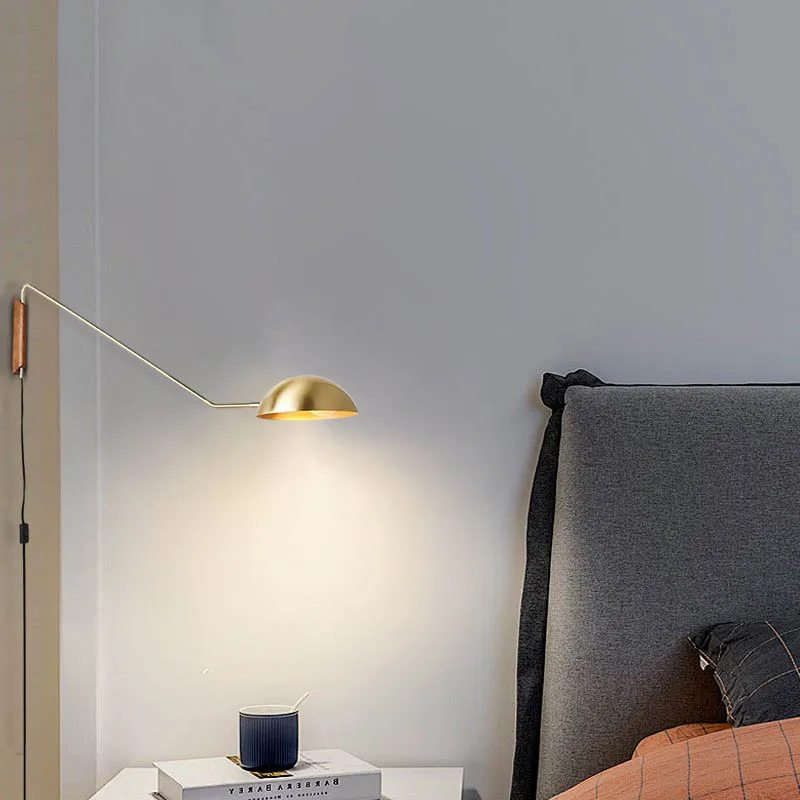
Mood Lighting for a Relaxing Atmosphere
Creating a calming environment in your bedroom is all about the right lighting for ambience. Wall lights suited to your lighting purpose can help you unwind after a long day. Soft, warm light is ideal for promoting relaxation and preparing your mind for sleep.
Studies have shown that tunable-white LED wall lights, adjusted for colour temperature and intensity, can significantly enhance sleep quality. By aligning the lighting with your daily routine, you can create a soothing atmosphere that supports relaxation.
To achieve this, consider wall lights with dimmable features. They let you adjust the brightness to suit your mood, whether you’re meditating, watching TV, or simply enjoying a quiet moment. You could also use multiple wall lights to layer the lighting in your bedroom, combining ambient lighting with accent lighting for a more dynamic effect.
Did you know? Ambient lighting not only sets the mood but also reduces harsh shadows, making your bedroom feel more inviting.
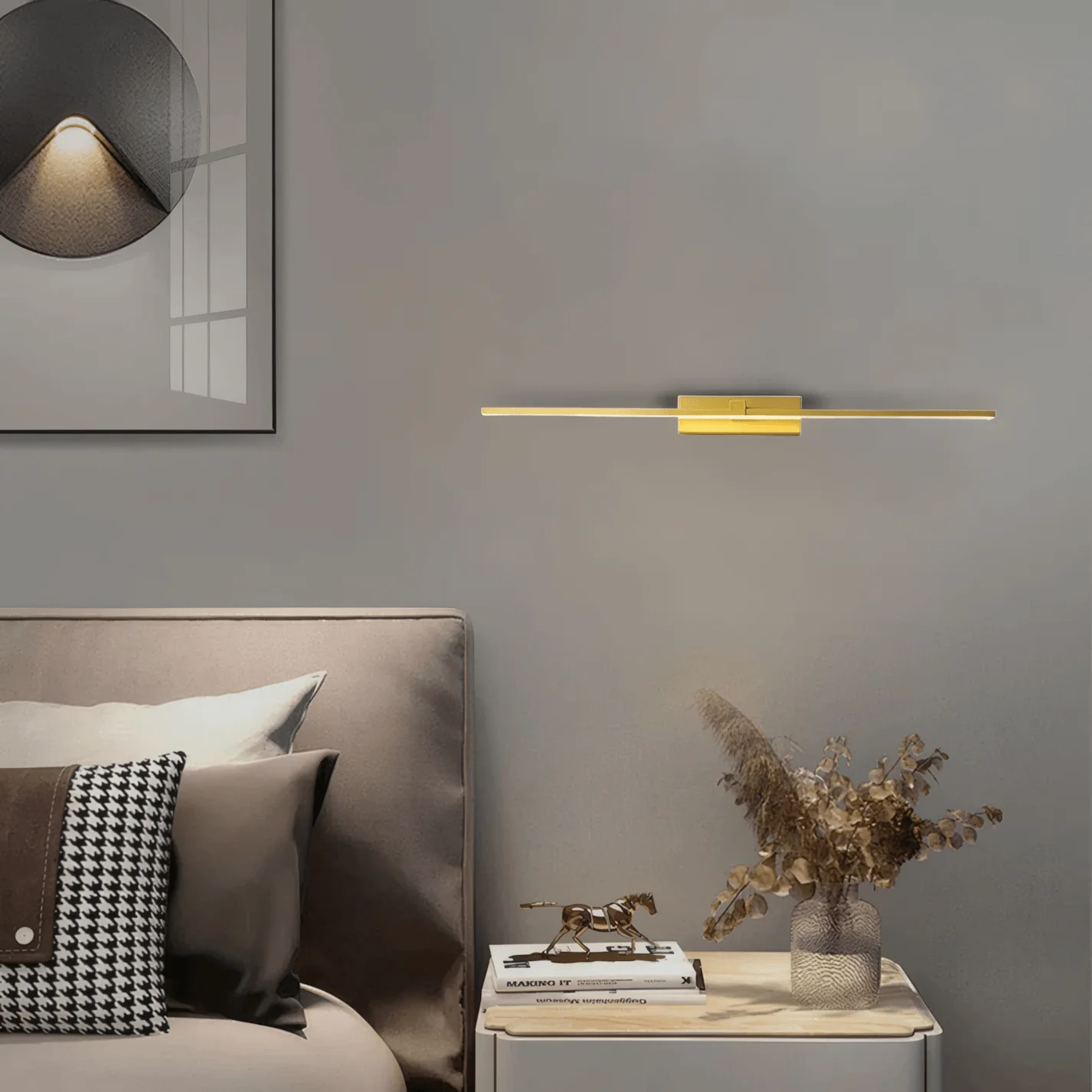
Decorative Lighting to Enhance Style
Wall lights aren’t just functional; they’re also a fantastic way to add character to your bedroom. Decorative lighting can highlight your personal style and make the space feel more cohesive.
Here’s how you can use wall lights to enhance your bedroom’s aesthetic:
Design Strategy |
Description |
|---|---|
Layered Lighting |
Combine different types of lighting to create depth and interest in the bedroom. |
Ambient Lighting |
Provide overall illumination, setting a warm and inviting atmosphere. |
Accent Lighting |
Highlight specific features like artwork or furniture, enhancing the room's aesthetic appeal. |
Colour Temperature |
Choose warm or cool light to influence the mood and style of the bedroom. |
For example, LED light strips can accentuate the background wall behind your bed, while track lighting or picture lights can draw attention to artwork or unique furniture pieces. When selecting decorative wall lights, make sure they match the overall design theme of your bedroom. Whether your style is modern, rustic, or minimalist, there’s a wall light to suit your taste.
Pro Tip: Decorative wall lights can double as accent lighting, adding a touch of elegance while highlighting key features in your room.
Match the Lamps to Your Bedroom’s Style
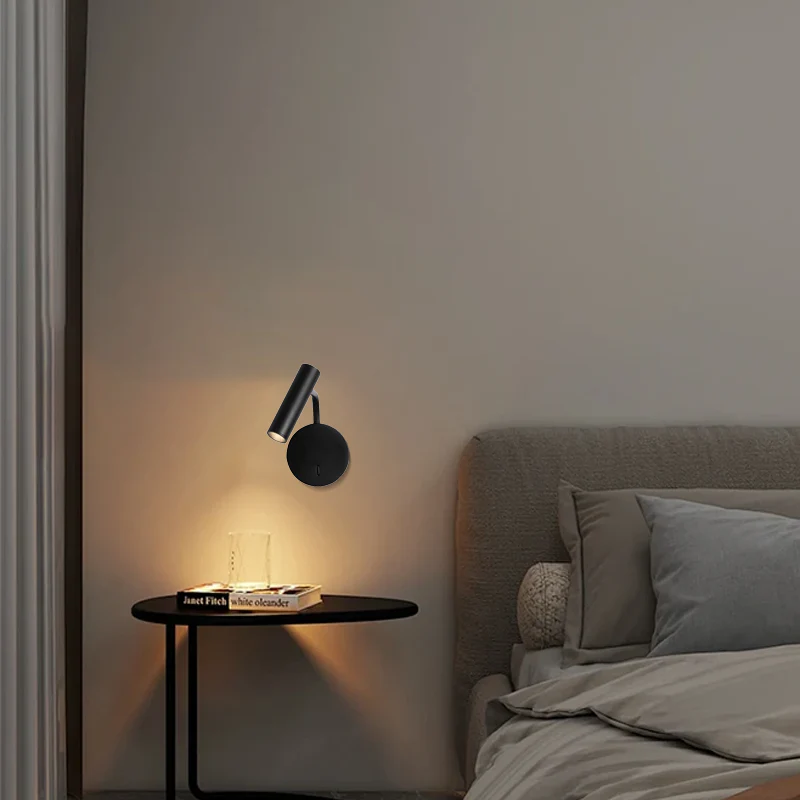
Choosing the right wall lights isn’t just about functionality; it’s also about making sure they fit seamlessly into your bedroom’s overall design. When you match wall lights with the room’s style, you create a cohesive and visually appealing space. Let’s explore how you can achieve this.
Consider the Overall Décor Theme
Your bedroom’s décor theme sets the tone for the entire space, and your wall lights should complement it. Whether your style is modern, vintage, or eclectic, there’s a perfect lighting option for you.
For a minimalist bedroom, opt for sleek, understated designs with clean lines.
In a rustic setting, wooden or wrought iron wall lights can add warmth and charm.
If your bedroom leans towards a contemporary vibe, designer wall lights with bold shapes or metallic finishes can make a statement.
Interior design studies suggest integrating wall lights with broader décor elements. For example, match lighting styles with unique cushion covers or art pieces like abstract embroidered throw cushions, Keith Haring pride posters, or Yayoi Kusama abstract prints. This approach ties the room together beautifully.
Tip: Think of your wall lights as part of the décor, not just a source of light. They should enhance the room’s personality.
Choose the Right Materials and Finishes
The materials and finishes of your wall lights play a big role in defining their look. Metal, glass, wood, and fabric are popular choices, each offering a unique aesthetic.
Polished chrome or brushed nickel finishes work well in modern bedrooms.
Aged brass or antique bronze adds a vintage touch.
Wooden accents bring a natural, earthy feel to the space.
When selecting materials, consider durability and maintenance. For instance, glass shades are easy to clean, while fabric shades may require more care. The right finish can also help your wall lights blend in or stand out, depending on your preference.
Select Colours That Complement Your Space
Colour is a powerful tool in design, and your wall lights should harmonise with your bedroom’s colour palette. Neutral tones like white, beige, or grey are versatile and work with most styles. However, don’t shy away from bolder colours if they suit your décor.
For example, a pop of gold or black can add drama to a neutral room, while pastel shades can soften a vibrant space. Matching the colour of your wall lights to other elements, like your bedding or curtains, creates a cohesive look.
Pro Tip: Use warm-toned lights to enhance cosy vibes, or cool-toned lights for a crisp, modern feel.
Practical Considerations for the Right Wall Lights
When it comes to choosing the right wall lights for your bedroom, practicality is just as important as style. You want your lighting to not only look good but also function well in your space. Let’s dive into some key factors to consider.
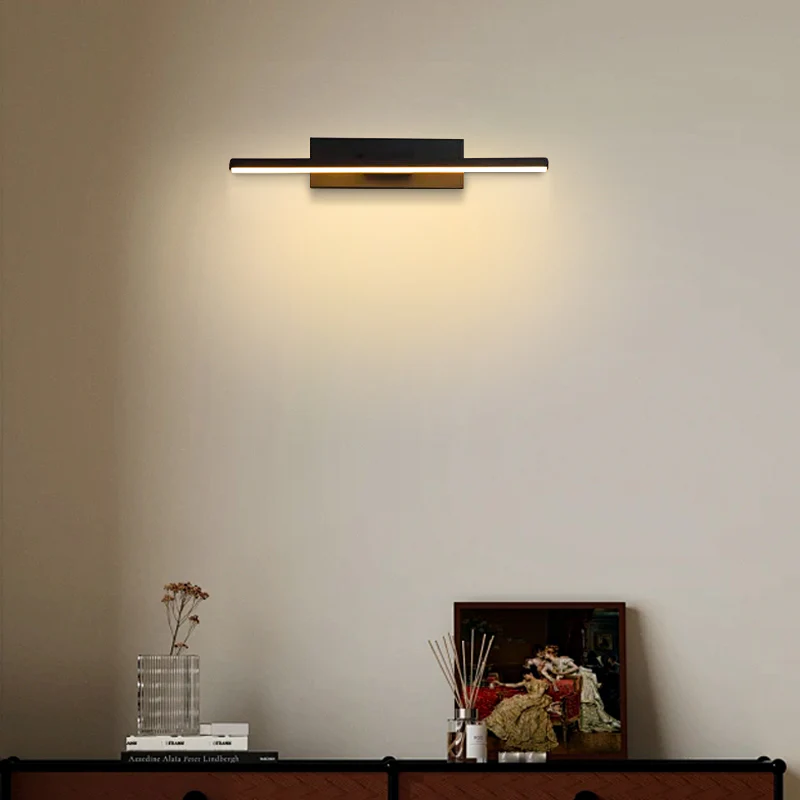
Assess the Amount of Light You Need
Before you pick a wall light, think about how much light your bedroom actually needs. Are you looking for bright, focused lighting for tasks like reading, or do you prefer a softer glow for a more ambient feel? The amount of light required will depend on the size of your room and its layout.
For smaller bedrooms, a single wall light with a warm bulb might be enough to create a cosy atmosphere. Larger spaces, however, may need multiple fixtures to ensure even lighting. If your bedroom has darker walls or limited natural light, you might need brighter bulbs or additional fixtures to compensate.
Tip: Check the lumens rating of the bulbs. For a bedroom, aim for around 2,000–4,000 lumens in total, depending on your preferences.
Layering your lighting can also make a big difference. Combine your wall lights with other sources, like ceiling lights or table lamps, to create a balanced and versatile setup. This approach ensures that your bedroom feels neither too dim nor overly bright.
Decide on Placement and Installation Height
Where you place your wall lights can make or break the look and functionality of your bedroom. Placement affects how the light is distributed and whether it serves its intended purpose.
For bedside wall lights, install them at a height that allows you to read comfortably without straining your eyes. A good rule of thumb is to position them about 50–60 cm above your mattress and slightly to the side. This ensures the light is focused where you need it without being too harsh.
If you’re using wall lights as accent lighting, consider placing them symmetrically on either side of a feature, like a headboard or a piece of artwork. This creates a balanced and visually pleasing effect. For ambient lighting, higher placement works best, as it helps spread the light more evenly across the room.
Pro Tip: Test the placement before installation by temporarily fixing the lights in place. This helps you visualise how they’ll look and function in your space.
Ensure Proper Wiring and Installation
Safety should always come first when installing wall lights. Proper wiring and installation not only ensure the lights work correctly but also prevent potential hazards. Depending on the type of wall light you choose, the wiring requirements may vary.
Here’s a quick comparison of two common wiring standards:
Class II - Low Voltage Wiring |
|
|---|---|
Typically 120V or 277V AC |
Typically 10–24V DC |
Provides power and groups fixtures by circuit/switch-leg within “control zones” |
Allows communication of signals like light levels or occupancy conditions |
Less flexible, with limited control options and rigid zoning |
More flexible, often not requiring conduit installation |
If you’re unsure about the wiring in your home, consult a qualified electrician. They can help you determine whether your chosen wall lights are compatible with your existing setup. For added convenience, consider wireless options or plug-in wall lights that don’t require hardwiring.
Note: Always follow the manufacturer’s instructions for installation. Incorrect wiring can lead to flickering lights or even electrical faults.
By addressing these practical considerations, you’ll not only enhance the functionality of your bedroom but also ensure that your top wall lamps for bedrooms are safe and effective.
Explore Additional Features of Top Wall Lamps for Bedrooms
Dimmable Options for Customised Lighting
Dimmable wall lights are a fantastic way to tailor your bedroom’s lighting to suit your mood and activities. Whether you’re reading, relaxing, or preparing for sleep, adjustable brightness levels let you create the perfect ambience. You can brighten the room for tasks or dim the lights for a cosy atmosphere.
Here’s how dimmable wall lights enhance your bedroom experience:
Lighting Type |
Benefits |
|---|---|
Task Lighting |
Provides targeted illumination, adjustable brightness, and flexibility to enhance productivity. |
Mood Lighting |
Creates desired ambience with adjustable light intensities and colour options for customisation. |
Accent Lighting |
Highlights specific features and adds visual interest with adjustable beam angles and control. |
For bedtime reading, aim for a brightness level of around 600 lumens. This creates a warm light that’s easy on the eyes. Dimmable wall lights also help you transition to sleep by reducing light intensity, which supports your body’s natural rhythm.
Tip: Choose dimmable wall lights with easy-to-use controls, such as touch panels or remote options, for added convenience.
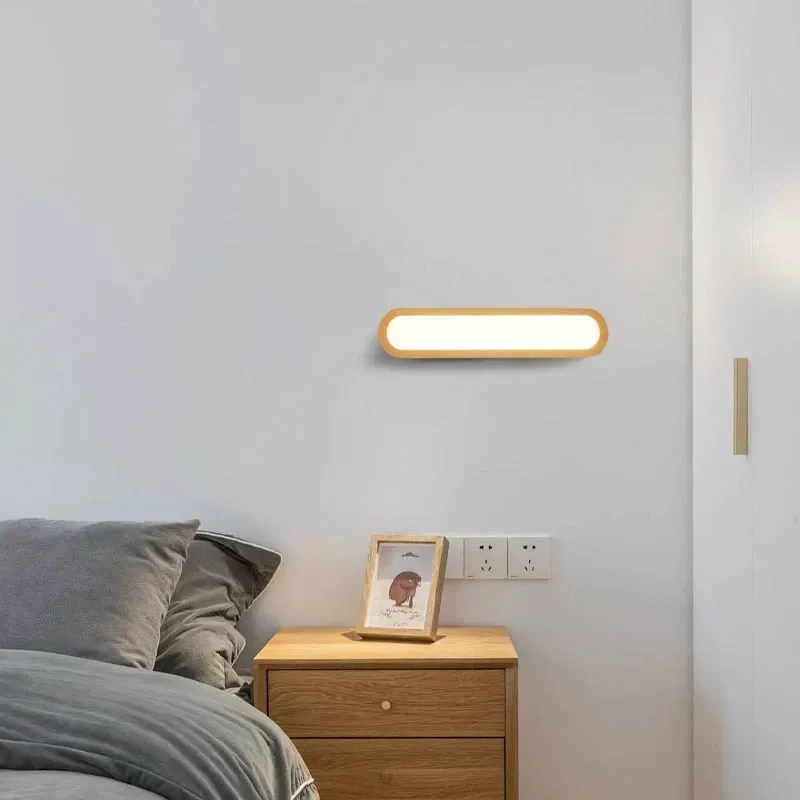
Smart Lighting Compatibility for Convenience
Smart lighting features take wall lights to the next level, offering unmatched convenience and control. Imagine adjusting your bedroom lighting with a simple voice command or a tap on your smartphone. Smart-compatible wall lights make this possible, allowing you to personalise your lighting experience effortlessly.
Feature |
Benefit |
Impact on User Convenience |
|---|---|---|
Adjustable Brightness |
Tailors lighting intensity based on preferences |
Enhances productivity and relaxation |
Voice Command Compatibility |
Control lights through verbal instructions |
Simplifies lighting adjustments without manual effort |
Smartphone App Control |
Manage lights remotely and automate settings |
Increases flexibility and security |
Automation Features |
Schedule lighting scenarios and create ambience presets |
Optimises energy efficiency and personalises experience |
Smart lighting also lets you automate your bedroom’s lighting schedule. You can set the lights to dim gradually as bedtime approaches or brighten in the morning to help you wake up. This feature not only saves energy but also adds a touch of luxury to your daily routine.
Did you know? Smart lighting systems can integrate with other smart home devices, creating a seamless and connected living environment.
Energy Efficiency and Bulb Choices
Choosing energy-efficient bulbs for your wall lights is essential for reducing electricity costs and minimising environmental impact. Modern LED bulbs are the top choice for bedrooms, offering excellent performance and longevity.
Here’s a quick comparison of bulb types:
Bulb Type |
Energy Consumption |
Lifespan |
|---|---|---|
Incandescent |
100% |
1,000 hours |
LED |
25% |
25,000 hours |
LEDs use 75% less energy than incandescent bulbs and last up to 25 times longer. They also release significantly less heat, making them safer and more comfortable for bedroom use. To replace a 60-watt incandescent bulb, opt for an LED that consumes around 12 watts.
LEDs provide between 70 and 100 lumens per watt, compared to just 15 lumens per watt for incandescent bulbs.
For bedrooms, bulbs with Kelvin numbers between 1,700 to 1,800 are ideal for creating a warm and inviting glow.
Pro Tip: Pair energy-efficient LEDs with dimmable wall lights to maximise savings and customise your lighting experience.
Use Wall Lights as Alternative Bedside Lamps
Benefits of Replacing Traditional Bedside Lamps
Switching to wall lights instead of traditional bedside lamps can completely change your bedroom experience. These lights not only save space but also offer a range of practical and aesthetic benefits.
Wall lights help reduce glare, making them gentler on your eyes.
They create a cosy and comfortable environment, perfect for winding down.
With dimmable LED options, you can enjoy lower brightness levels that promote relaxation.
Energy-efficient designs mean you’ll save on electricity bills while being eco-friendly.
By mounting wall lights, you free up your bedside table for other essentials like books, plants, or a cup of tea. This is especially useful if you have a smaller bedroom where every bit of space counts. Plus, designer wall lights can add a touch of elegance, blending functionality with style.
Tip: Choose wall lights with adjustable arms for added flexibility. They let you direct the light exactly where you need it.
Adjustable Wall Lights for Reading
If you love reading in bed, adjustable wall lights are a game-changer. These lights provide focused illumination, making it easier to enjoy your favourite book without straining your eyes. Unlike traditional lamps, adjustable wall lights let you control the angle and direction of the light.
For bedtime reading, look for wall lights with warm-toned bulbs. They create a soothing glow that’s easy on the eyes. Some models even come with dimmer switches, so you can adjust the brightness to suit your needs. This feature is especially helpful if you share your bedroom, as it minimises light spill and keeps the rest of the room dark.
Did you know? Adjustable wall lights are perfect for multitasking. You can use them for reading, working, or even as accent lighting to highlight décor.
Space-Saving Solutions for Small Bedrooms
Wall lights are a brilliant solution for small bedrooms. By mounting them on the wall, you free up valuable floor and table space, making your room feel less cluttered. This is particularly important in compact living spaces where efficient use of every square metre matters.
Dwelling Size (m²) |
|
|---|---|
34 |
92.28 |
72 |
94.54 |
143 |
84.25 |
As you can see, smaller spaces often achieve higher utilisation rates when smart design choices, like wall-mounted lighting, are implemented. Wall lights also eliminate the need for bulky lamp bases, giving your room a cleaner and more streamlined look.
Pro Tip: Opt for wall lights with built-in shelves or USB ports. These multifunctional designs maximise utility without taking up extra space.
Choosing the right wall lights can completely transform your bedroom. By identifying their purpose, matching them to your style, and considering practical factors, you’ll create a space that’s both functional and beautiful. Don’t forget to explore features like dimmable options or smart lighting for added convenience. Wall lights also make fantastic alternatives to traditional bedside lamps, saving space while adding a modern touch. So, why not give your bedroom the upgrade it deserves? Start exploring your options today!
FAQ
What type of wall light is best for reading in bed?
Adjustable wall lights are ideal for reading. They let you direct light exactly where you need it. Look for warm-toned bulbs to reduce eye strain. Dimmable options are even better, as they allow you to control brightness for a comfortable reading experience.
Can wall lights replace bedside lamps?
Absolutely! Wall lights save space and offer a sleek, modern look. They free up your bedside table for other essentials. Choose designs with adjustable arms or dimmable features for added functionality. They’re perfect for small bedrooms or anyone looking to declutter.
How do I choose the right height for wall lights?
For bedside wall lights, install them about 50–60 cm above your mattress. This height ensures the light is focused where you need it without being too harsh. Test the placement temporarily before installation to find the perfect spot.
Are LED bulbs better for wall lights?
Yes, LED bulbs are the best choice. They’re energy-efficient, long-lasting, and emit less heat. LEDs also come in various colour temperatures, so you can pick warm tones for a cosy vibe or cool tones for a modern feel. They’re eco-friendly too!
Do I need an electrician to install wall lights?
It depends on the type of wall light. Hardwired lights usually require professional installation for safety. However, plug-in wall lights are a great alternative if you want to avoid wiring. Always follow the manufacturer’s instructions for proper setup.

